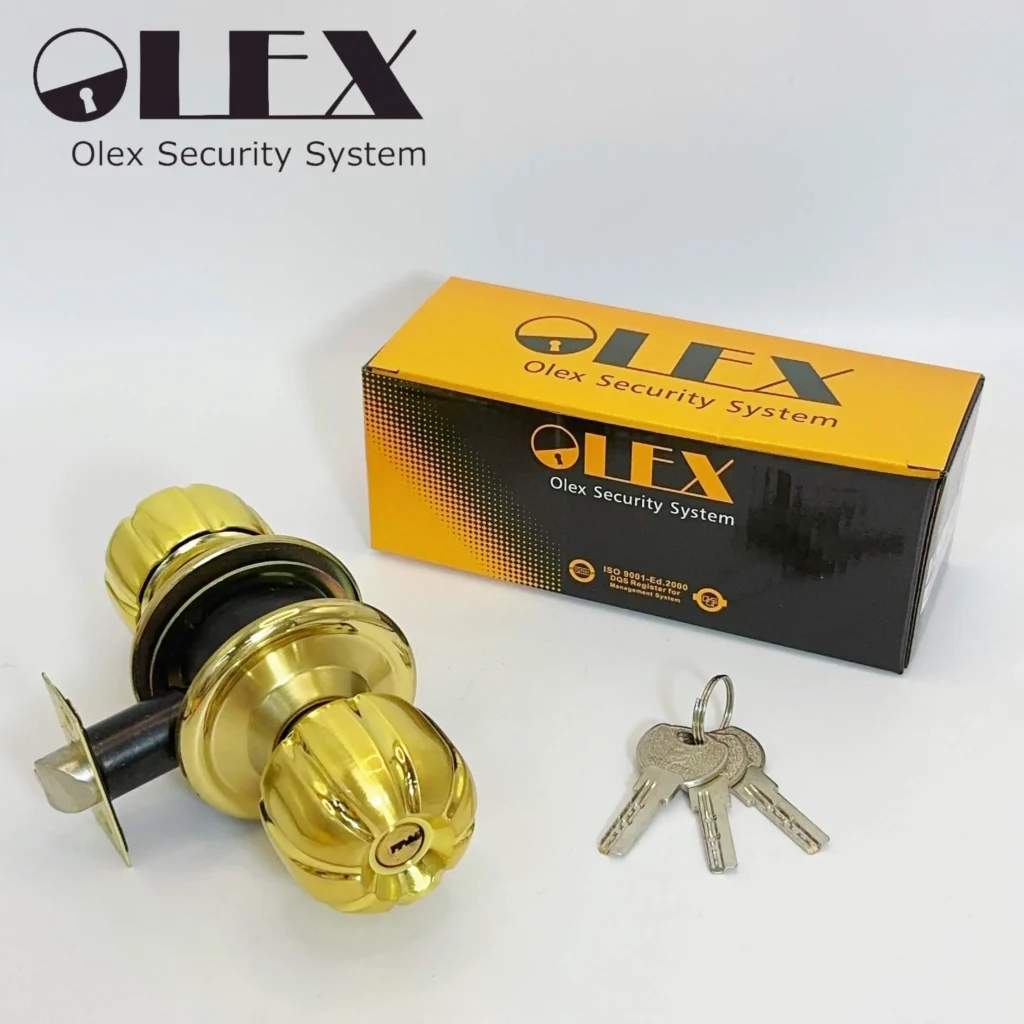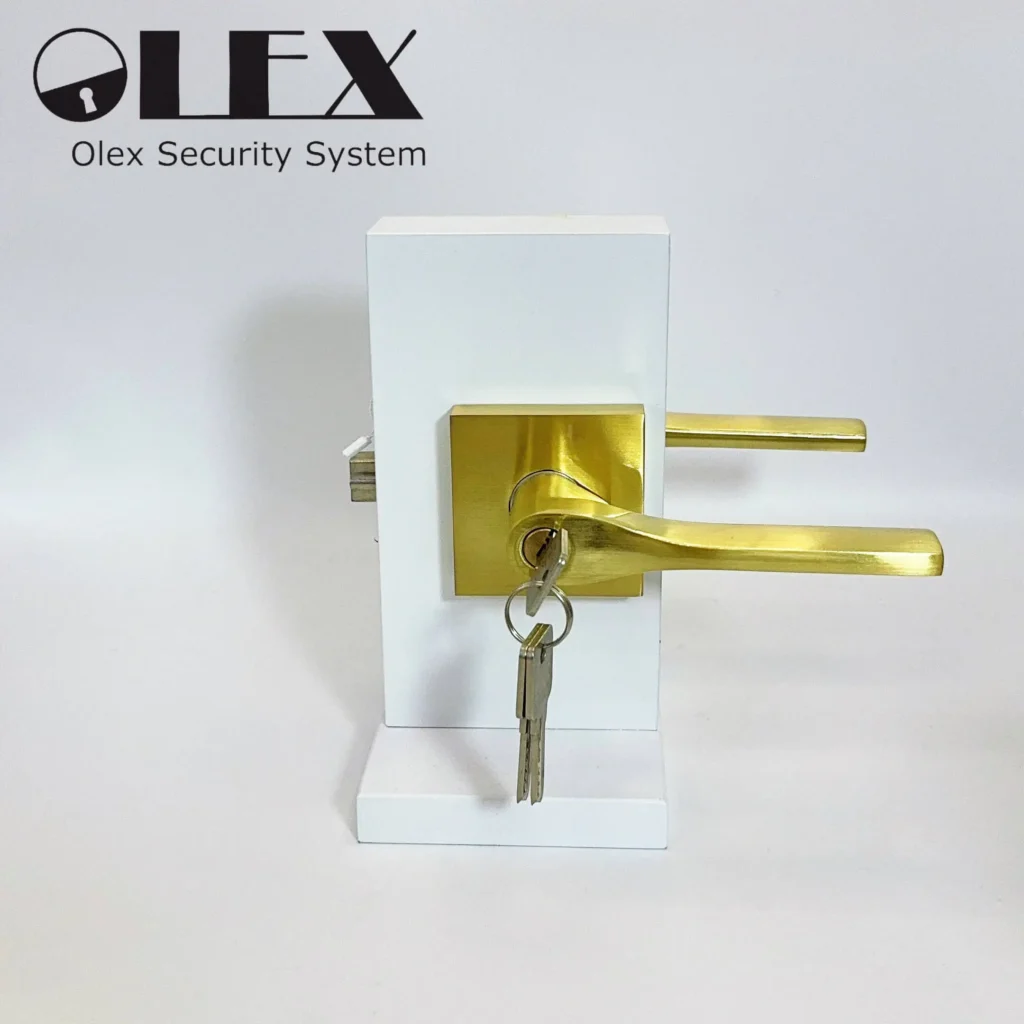Unlock Perfect Pairing: 5 Powerful Tips for Home Hardware Colors & Coordination!
Hardware Metal materials have always played an important role in home decor. Regardless of where they’re used, the unique aesthetic value of metal can enhance the overall appeal of living spaces.
In recent years, mixing different metals in home decor has become increasingly popular. Many people are eager to try it out, but mixing metal elements requires some skill. A slight misstep can greatly diminish the desired effect.
Gone are the days of using just one type of hardware; nowadays, it’s common to use 2 to 3 different metals. However, using more than three types of metal in a single space can create a lack of cohesion.
Today, I’ll discuss how to properly mix metal elements, a topic that requires some expertise not typically found in ordinary interior designers.
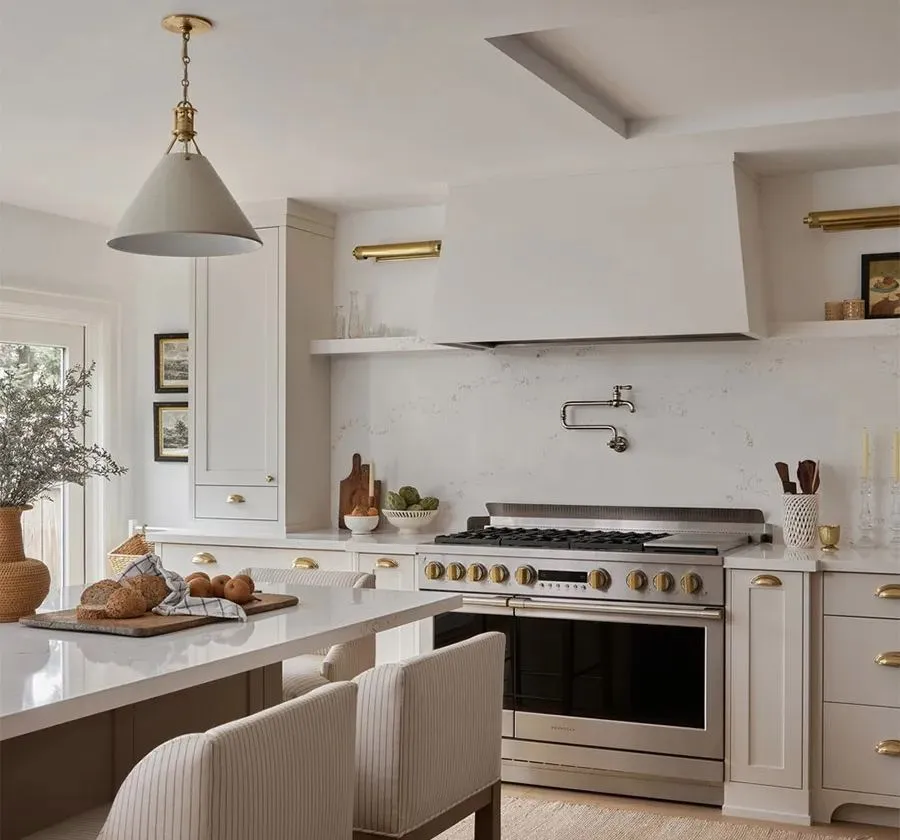
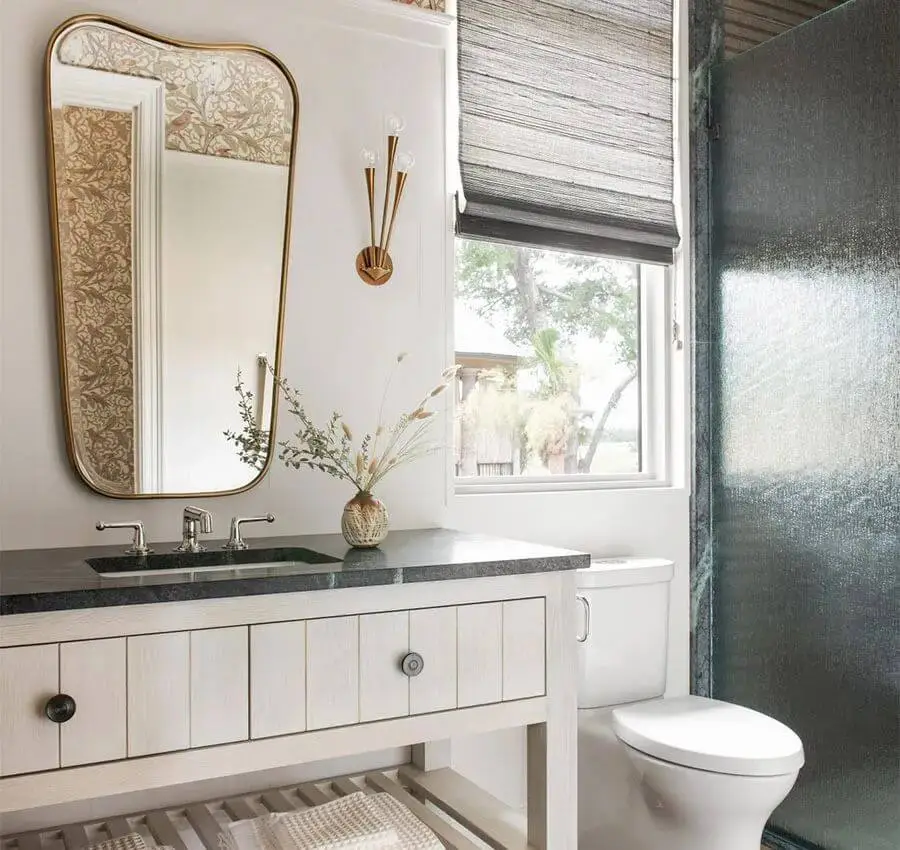
Determine How Many Types of Metal Hardware to Use
How many types of metal should you use in your room? This depends on the size of the space.
When decorating bathrooms and kitchens, limit the use to one or two types of metal due to the smaller space, while larger bathrooms or villa-level kitchens can try mixing three types of metal.
The key is to achieve coordination and harmony. For example, dark metal handles can be paired with dark tiles or stone to maintain a unified yet uncluttered feel.
Household appliances with metal surfaces also count as a type of metal element and should be considered in the design.
Match Metal Types with Decor Styles
Before mixing metals, consider the overall style of the space. Are you aiming for a modern look? Or do you prefer something more classic and traditional?
Nickel, bronze, and brass evoke a sense of timelessness and elegance, making them more suitable for traditional styles (such as American, French, Victorian, etc.).
Matte black is more modern and is often used as the primary metal element in many Nordic and Japanese homes.
Mixing multiple polished metals can create a more luxurious atmosphere.
Chrome is ideal for adding shine to dull rooms.
The image showcases the classic American country style, characterized by the use of hardware such as brass and nickel.
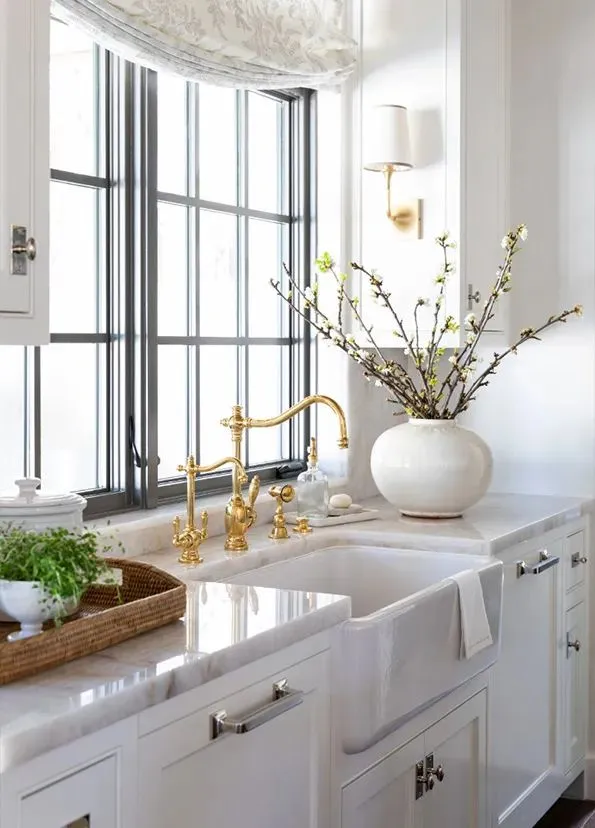
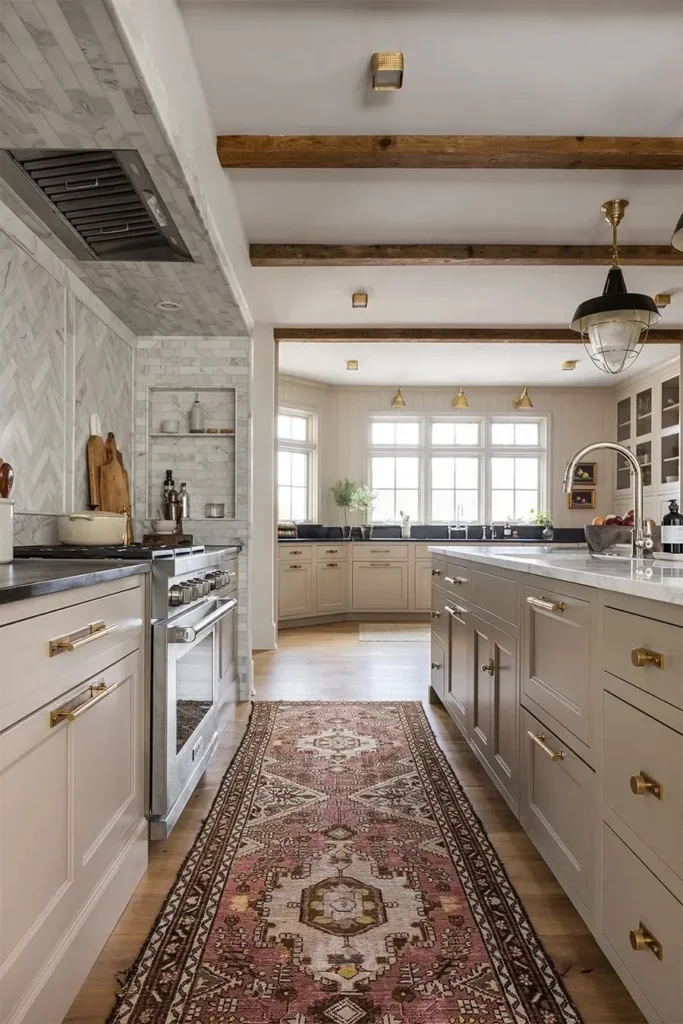
Ratio of Mixed Metals
Maintaining the right proportions is crucial. When selecting three types of metals, designate one as the dominant element, then complement it with secondary and accent metals to add layers and visual interest.
For two metals, follow a 7:3 ratio; for three, you can try a 6:3:1 ratio. This creates a more harmonious, refined look.
For example, in the kitchen shown above, the mixed metal proportions are as follows: All cabinet hardware, ceiling lights, and wall lights are brass (60%), the faucet is chrome-plated (30%), and the accents are black pendant lampshades (10%).
In the example above, matte black cabinet hardware is paired with chrome-plated pendant and wall lights, as well as bronze decorative art, creating a modern yet cozy atmosphere. It’s also important to cleverly integrate the washer and dryer into the overall design.
Matching Metal Tones
Coordinating metal accessories with the right tones is crucial. Mismatched tones can not only be uncoordinated but also conflict with each other.
Avoid mixing different-tone metals in the same space, such as silver or gold with warm or cool undertones.
Neutral metals: iron, tin, bronze (gunmetal) Cool-tone metals: silver, chrome, stainless steel, aluminum Warm-tone metals: gold, brass, bronze, nickel Note that nickel is silver in color, but it’s not a cool-tone metal! While nickel belongs to the silver metal family, it has warm undertones.
As seen in the image2, the contrast is evident when you place brushed nickel and chrome side by side! Be sure never to mix chrome with brushed nickel, as they will clash.
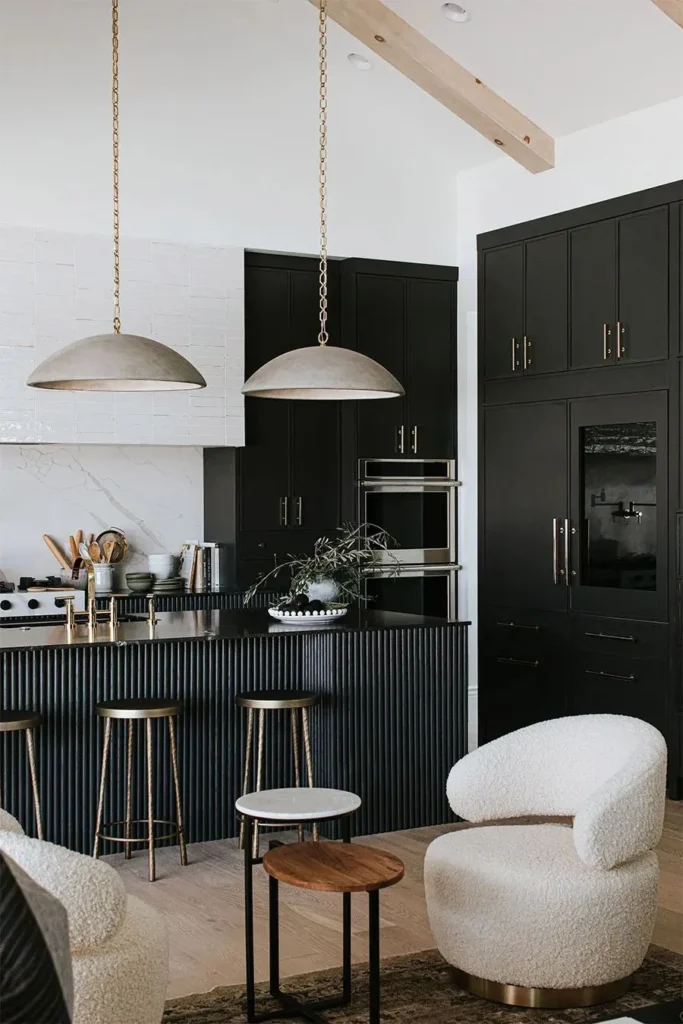
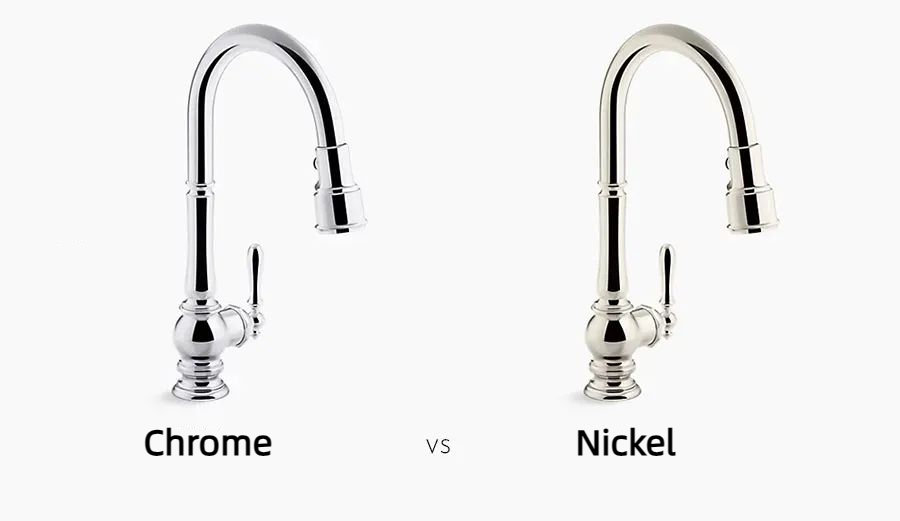
Recommended Combinations:
- Brushed nickel + unlacquered brass
- Brushed nickel + brushed brass
- Any gold or brass + matte black
- Matte black + bronze + brushed nickel
- Chrome + brass
- Chrome + matte black
- Aluminum or brushed chrome + chrome + stainless steel appliances
Combinations to Avoid:
- Brushed nickel + chrome. As mentioned, nickel is a warm silver, while chrome is a bright cool silver, resulting in a clash when combined.
- Brass + gold. This combination doesn’t make sense and isn’t a design you should pursue.
Basic Rules for Mixing Metals
When mixing metals, most professional designers follow some basic rules:
- Avoid mixing more than 3 types of metal surfaces.
- Try not to evenly distribute metals in a 1:1 ratio.
- Faucets and wall-mounted water heaters should match.
- All door handles and hinges should match.
- uitable for the room’s tone Creative Ideas for Mixing Metals.
Creative Ideas for Mixing Metals
Here are some good ideas for mixing metals in interior design:
For kitchens with stainless steel appliances, try:
Brushed nickel (or chrome) faucets + brass hardware and lighting + stainless steel appliances (as the third metal) The following kitchen is an example of this combination:
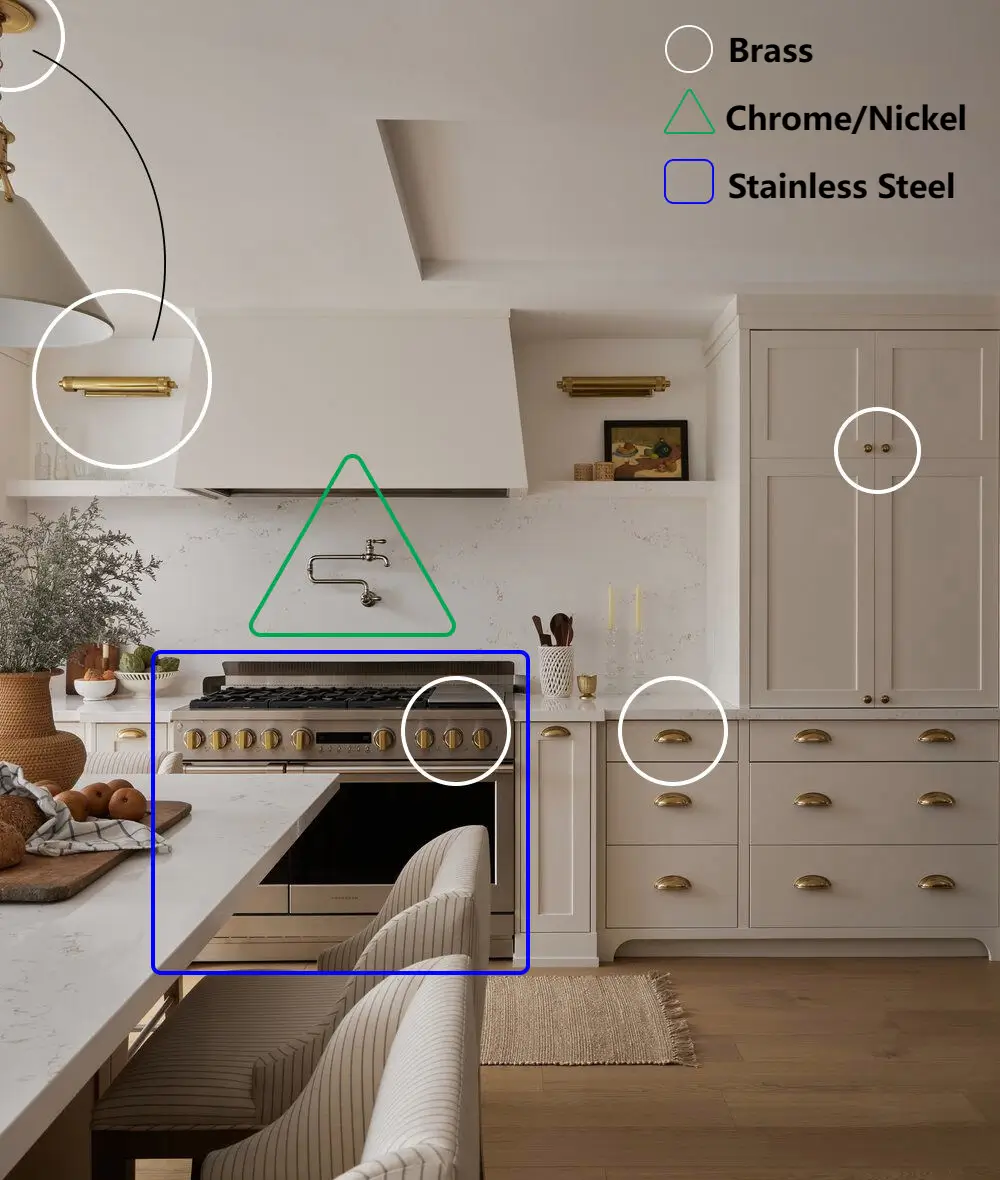
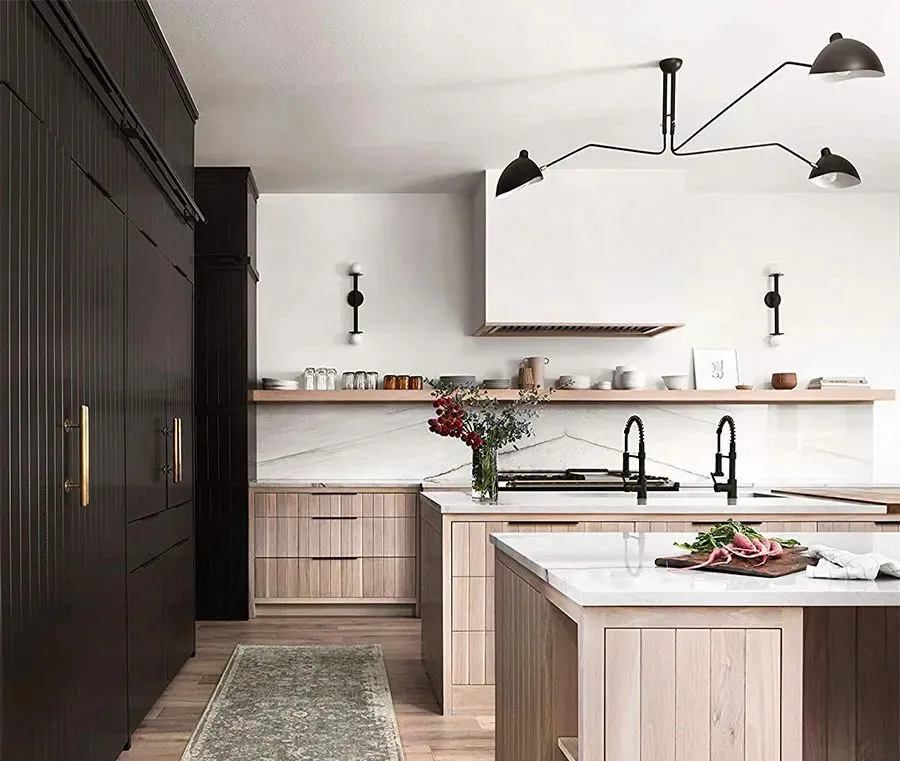
By Height Differentiation
For example, all lighting fixtures can be one metal, while lower-level elements such as cabinet hardware and faucets can be another metal. Please see the image:
Is Brass or Gold Still Trendy?
Currently, gold tones are still trendy, and brass develops a patina over time, adding a touch of retro charm to the home. Be extra careful when selecting gold tones, as there are many variations. Also, the quality of gold plating varies, so be cautious when choosing.
Is Brushed Nickel Outdated?
Brushed nickel was trendy in the 2000s but is now not as popular as before. Of course, it’s not entirely out of use; brushed nickel pairs well with stainless steel and is more suitable for kitchens.
How to Avoid Looking Forced
Any mix can appear too contrived and give a sense of artificiality.
The key to mixing metals is subtlety. Distribute metal elements cleverly throughout the space to avoid having one side of the room all in gold metal and the other all in silver.
In Conclusion
Trends in metal elements in interior design are constantly changing, so there’s no need to constantly replace hardware accessories in pursuit of trends. The focus should be on choosing elements that suit your personal style, so trust your instincts.
How do you plan to mix metal elements in your home? Let us know!

